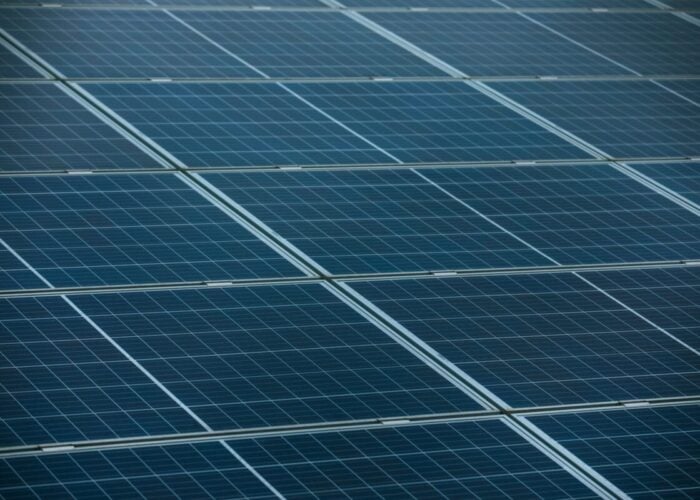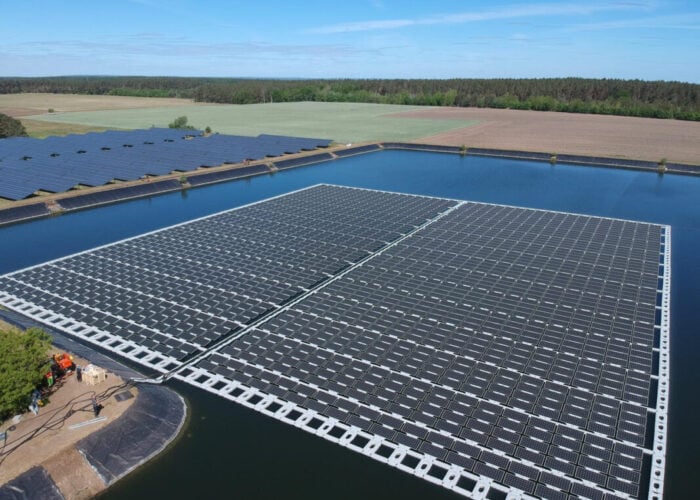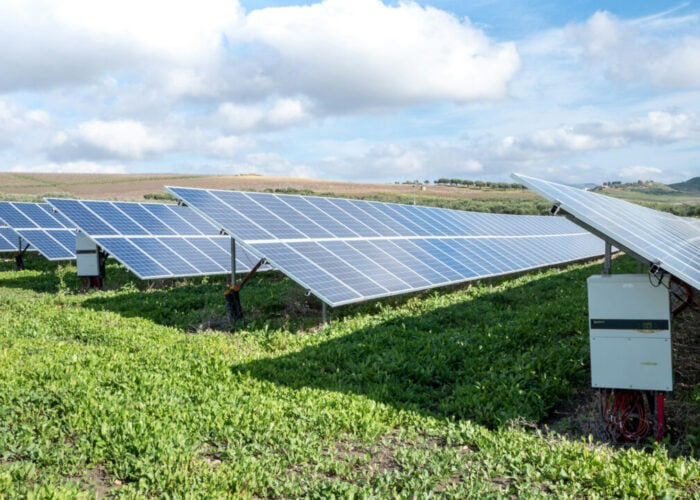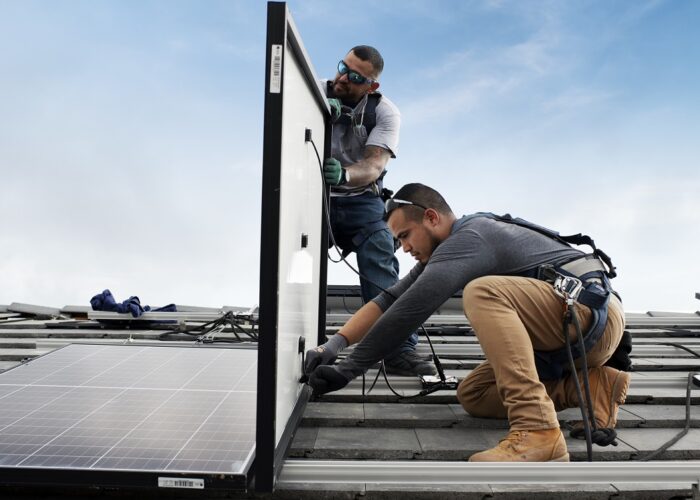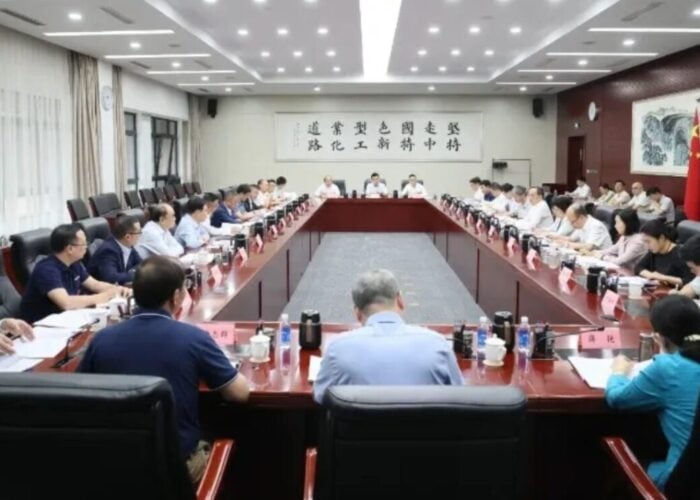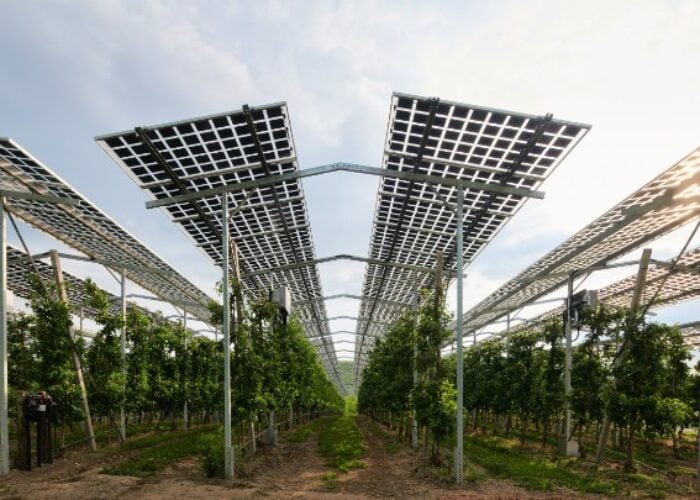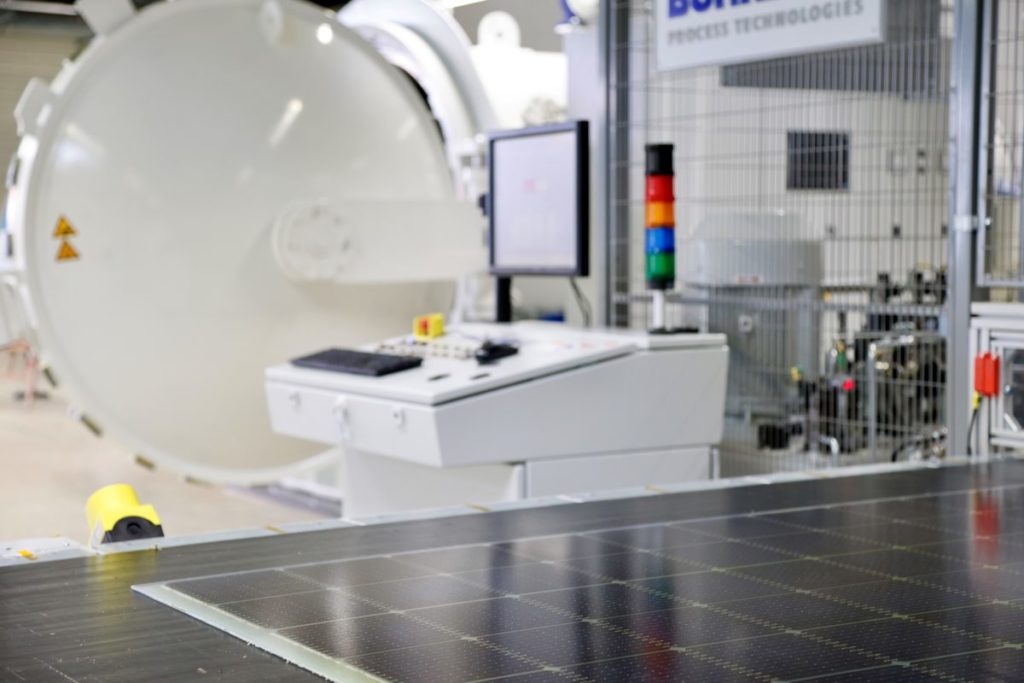
A new research project, announced this week, will seek to bolster intellectual property (IP) and patent protection for European companies developing new solar cell technologies.
Unveiled on Monday by the Fraunhofer Center for Silicon Photovoltaics (CSP), the “IP Protection” project will research ways to provide “legally secure evidence of patent infringements” to European and German solar cell producers, with a view to sustaining technological advancements and “functioning competition on international markets.”
Unlock unlimited access for 12 whole months of distinctive global analysis
Photovoltaics International is now included.
- Regular insight and analysis of the industry’s biggest developments
- In-depth interviews with the industry’s leading figures
- Unlimited digital access to the PV Tech Power journal catalogue
- Unlimited digital access to the Photovoltaics International journal catalogue
- Access to more than 1,000 technical papers
- Discounts on Solar Media’s portfolio of events, in-person and virtual
The project (full title: “IP Protection – High-resolution material and thin-film analytics for “next generation” solar cell technologies to protect intellectual property for German and European market participants”) is funded by the German Federal Ministry for Economic Affairs and Climate Protection and will run until 2027.
It will focus on developing solutions for high-resolution material and thin-film characterisation; in particular, “large-area preparation and high-resolution characterisation of encapsulated layers, for the localisation of microscopic current paths and for the evaluation of local passivation properties.”
“Practically relevant and legally robust material analysis methods for assessing infringements of property rights are of great interest to the photovoltaic industry,” said Marko Turek, acting group leader for Diagnostics and Metrology Solar Cells at Fraunhofer CSP.
“They are a prerequisite for the industrial exploitation of research results and affect solar modules already available on international markets today as well as the protection of future patents in advance development.”
Explaining Fraunhofer CSP’s methods, Stefan Lange, the project manager of “IP Protection”, said: “For the development of novel preparation methods, with which low-damage, analytical access to buried interfaces in solar cells is to be created, we use etching and polishing methods that can be applied over large areas, such as oblique grinding based on plasma polishing and ultrashort pulse laser ablation techniques.”
Lange added: “We can provide the best possible support to companies that want to protect their innovative products through our investigation, so that a clear and legally valid assessment of material and interface properties together with cause-and-effect principles will be possible in future solar cell multilayer systems.”
Technological innovation has been touted as a route by which Europe could bring its solar manufacturing industry back from the precipice. In a blog post after the Intersolar Europe 2024 conference, PV Tech found that many manufacturers present at the show stressed the importance of emerging technologies for Europe’s proposition on the global PV manufacturing stage. In short, trying to compete with Chinese companies on sheer volume or price will be an insurmountable challenge, but next generation technologies offer a future market opportunity.
For its part, Fraunhofer opened a new module technology evaluation lab in February which it said would help European manufacturers test and improve prototype products without the cost of building their own facilities.
TOPCon patent infringements
The announcement of the IP Protection programme follows a flurry of legal activity and patent cases in the solar industry. In particular, cases have focused on tunnel oxide passivated contact (TOPCon) cell technology, which has become the dominant force in the large-scale market over the last year.
Major Chinese solar manufacturer JA Solar filed a TOPCon patent infringement in Europe against an undisclosed competitor earlier this month. Filed in Hamburg and Munich, the two cases pertained to the characteristic structure of TOPCon cells and the arrangement of electrodes on the cell.
Cadmium telluride thin-film module producer First Solar also opened a raft of TOPCon patent cases in July, based on technologies the company acquired when it bought fellow solar company TetraSun in 2013.
Simultaneously, the CEO of Singapore-headquartered solar manufacturer Maxeon told PV Tech Premium that the company was “the first” to invent passivated contacts via its now-bankrupt former associated company, SunPower. Maxeon has also issued a number of lawsuits in the US and Europe over its interdigitated back contact (IBC) cell technology.

